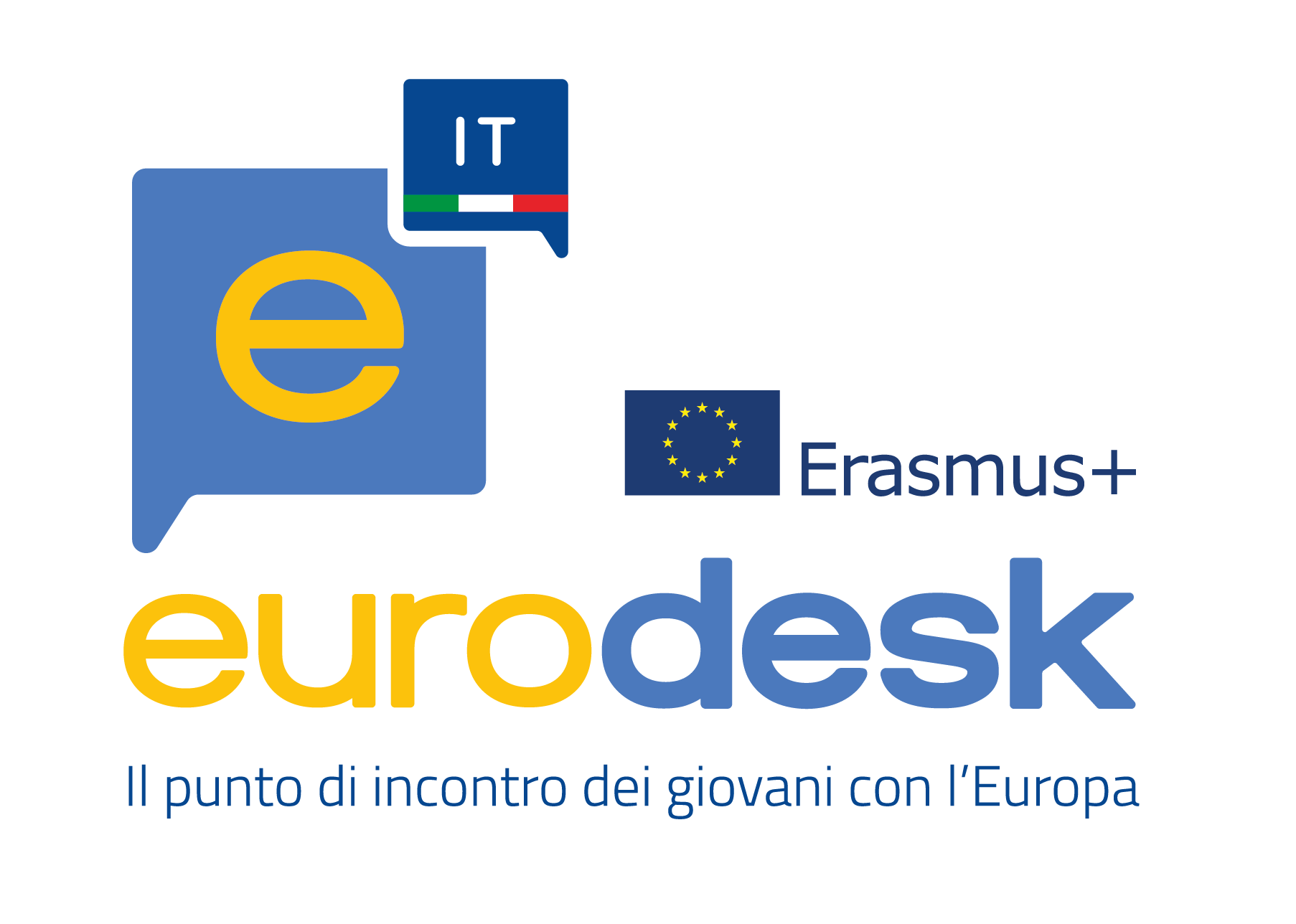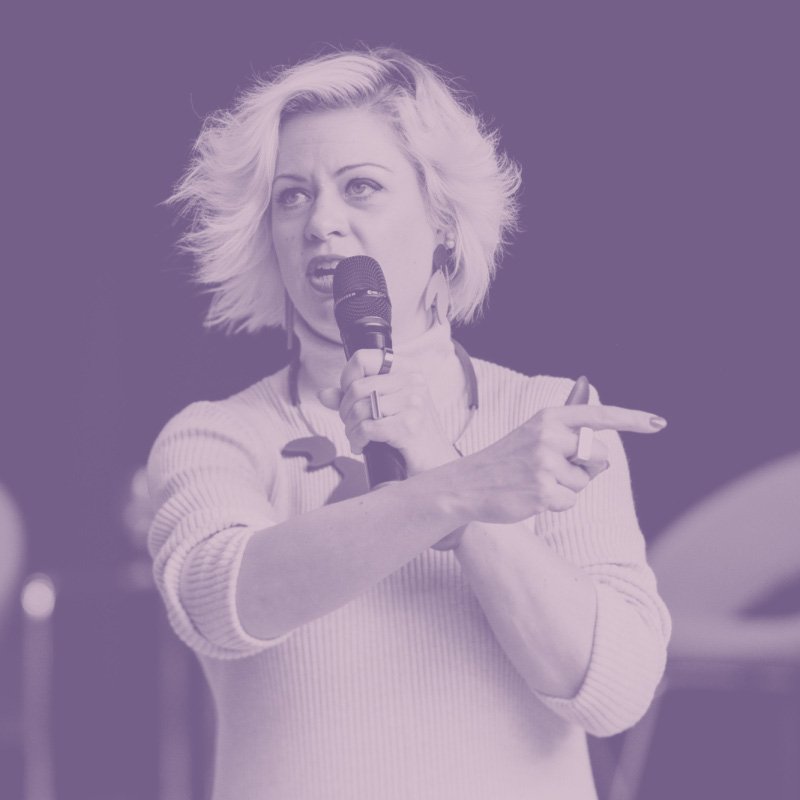What does the climate crisis has to do with the cultural and creative sector? Actually, a lot.
To better understand this relation we had the great honor to interview Lisa Lang, EU Affairs Orchestrator at the EIT Climate KIC, who drove us through the windy streets of European politics, untying the knots of a too often perceived as a top down approach.
First of all, what does it mean to be an EU Affair Orchestrator? What is your role exactly?
Well, to put that in a much more straightforward way, I am the Director for EU Policy Affairs at the EIT Climate KIC, the oldest Innovation agency of the European Commission founded almost 13 years ago. However, I am not a very typical policy person; I have an art degree, but I also have a software engineering degree and a business background, having worked for 10 years in the Silicon Valley for tech startups.
But this is not a bug and I want to tell it to all the younger kids out there lost between universities’ courses, it is in fact a great feature to hold these days. I’ll explain why. When industries collide and scenarios change, hybrid profiles like mine are more able to swiggle in the messy middle and transform problems into opportunities. And this is what I did and I think this is also the reason why I ended up being a Policy orchestrator because it is now that we need to bring all these new non-standard profiles together and make them play in harmony, like in a music band for a real mindset revolution. Climate change does not stop and start within industries’ borders. So , in order to do that, we need to have this wiggle room to make sense out of the extraordinary.
In fact, even though at EU level we have great access to money and technologies to face such a huge issue, we are not fast enough.
Because the point is not about technology and money, it’s about changing people’s hearts and minds, giving them the tools to deal with the fears and the inconvenience of change, and what better than arts and culture can do that? Arts and culture is everywhere, that is why now we have an EIT for Culture and Creativity.
Let’s stop here. The Cultural and Creative Sector is fairly new to the Climate topic, now to what level can you influence the EU climate policy to bring the CCIs on board?
I have been involved in the Brussels bubble for almost 10 years now and I can tell you, this major shift has not happened overnight. The fact that the Culture Creative sector is now acknowledged as an EU ecosystem industry, that was 15 years in the making.
So we must not wonder why all of the sudden the Climate KIC is interested in this sector. At some point, in fact, we realised that we were just constantly pointing to arts and culture and so we decided to bring them in. At the moment, as EIT Climate, we are currently collaborating with the EIT Culture & Creativity on two missions. The first is the world’s biggest cities program for going netzero by 2050.
Concretely we are looking into a bunch of cities across Europe, actually they are 112, where we can build bridges to arts and culture in order to speed up the green transition. This means bringing together CCS’ assets like making use of the already existing cultural centres, such as libraries, museums, theatres or cinemas to better engage with the local communities and explain to them the EU policy mechanism to face the climate crisis.
For example, in Sweden, there is an old tax recommendation, which incentivizes employees to use their private car to go to work. This recommendation dates back to when the young families moved out of the cities into the countryside and the companies they worked for wanted to keep them as employees back in the 70’s.
However, now we have to reverse this tax incentive and use it to make people go on public transports. The second mission, instead, is directly tackling the carbon footprint reduction of the sector itself and when it comes to the CCS, our main target is the fashion industry that at global level is responsible for the 10% of the carbon footprint and for which, before the next EU election, 16 new regulations on sustainability will be implemented.
So will this green revolution be channeled and somehow imposed?
Yes of course, I mean it would be great if people would do it out of their free will but this is very difficult because while shifting away from overconsumption we still have to fit people in their jobs. We can’t simply wait for this to happen naturally because we do not have time and now we have to force it. In the next few years there will be loads of top down force from the EU institutions. We need a major and rapid change and when this happens, cracks will appear and it is at that stage that arts and culture will again be essential to enable the changes and reinforce new visions and hopes.
If you talk to astronauts and ask them where they got their inspiration from, they would reply from books, SCI-FI and films.
It always starts with a dream and the CCIs are the best channel through which to deliver these new visions and hopes for the future. We can change climate behavior only if we inspire people and remind them who they were and who they could be.
I think it is finally time to talk about this twin transition, how the digital is enabling the green transition?
Well the topic is huge, but it’s very important to say and remark on the verb enabling because technology is a tool, it’s not a solution, humans are and will always be the solution. And people can have as many tools as we want, but if they don’t know how to use them it is pointless. Let’s think for a second about the fashion industry: when the sewing machine was invented in the XIX century, it was a scary robot which on one hand provoked the end of many traditional industries yet on the other, it fastened up the production process and gave more time to artisans to create. And this is exactly what is happening nowadays for example with the online shops. And again craftsmen are the solution but they need to learn how to employ the new digital tools purposefully to face contemporary problems and evolve within current trajectories passing traditional productive techniques to future generations, creating an emotional connection to local heritage and regaining quality over numbers because until that it was sustainable!
My grandfather used to be a shoemaker and another one was a textile engineer. But, when I was entering the job market, fashion production in Germany was already displaced to Asia and I had to move out from the sector. And now, with that family heritage and the new skills I acquired, I talk about textiles again. Somehow, I am still in the family business but I look at it from a completely different perspective!












